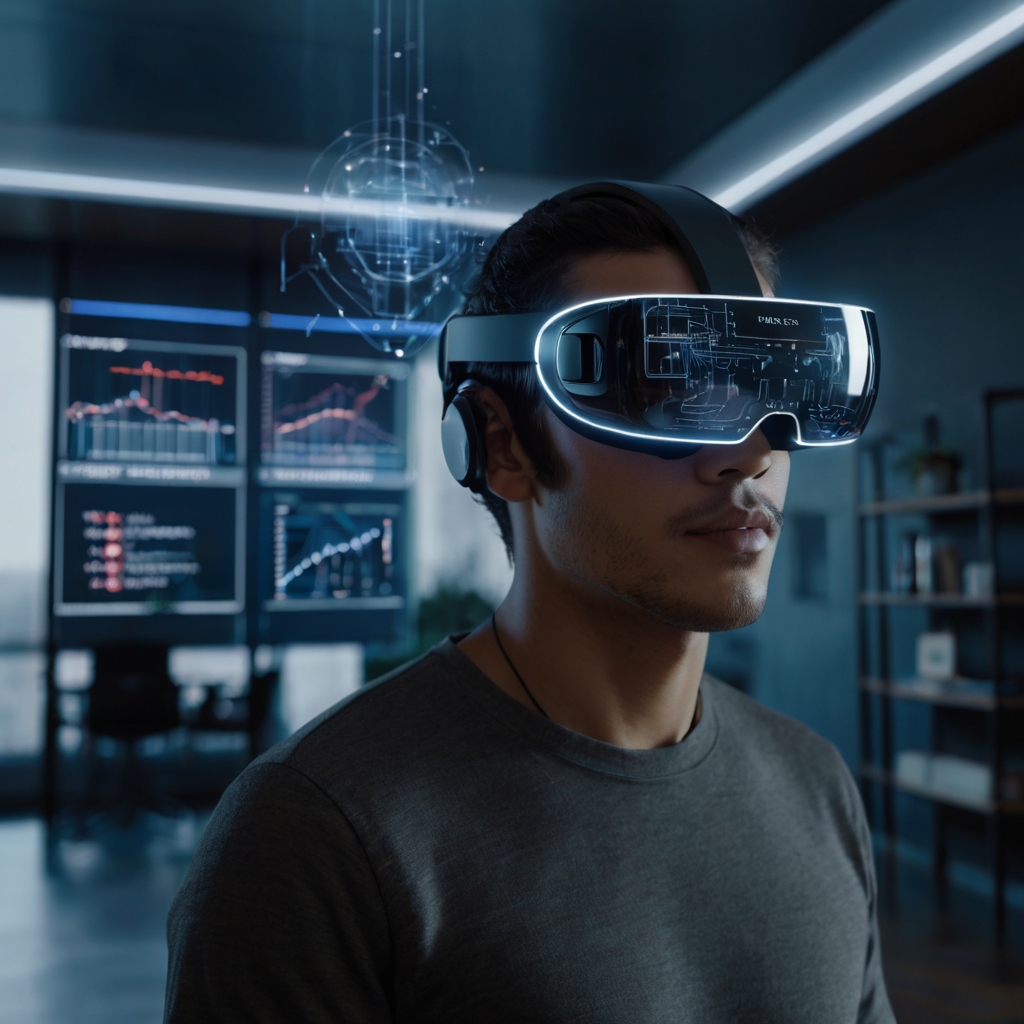Tech
Mixed Reality (MR) Headsets Going Mainstream: The Future Is Now on Your Face
Remember when virtual reality felt like a novelty? A fun gimmick for gaming, maybe a cool demo at a tech expo? Well, things have changed—and fast.
Welcome to 2025, where Mixed Reality (MR) headsets are no longer just for early adopters or Silicon Valley types. They’re becoming as common as smartwatches once were and they’re already redefining how we work, play, learn, and connect.
First, What Is Mixed Reality?
Mixed Reality (MR) blends the real world with digital elements—allowing virtual objects to interact with your physical environment in real time.
Think of it like this:
- VR (Virtual Reality): Fully digital world
- AR (Augmented Reality): Digital overlays on the real world
- MR: Combines both—with real-world awareness and interactive digital elements that feel like they belong in your space.
In simple terms:
You put on a headset and you can still see your room—but now your email floats over your desk, your whiteboard is interactive, and your teammate’s 3D avatar is sitting beside you in a Zoom call.
What’s Fueling the Boom in 2025?
1. Next-Gen Hardware from Big Tech
- Apple Vision Pro 2, Meta Quest 4, and Samsung’s XR Glass are all sleek, lightweight, and (finally) user-friendly.
- No more giant helmets and dizzy spells. These headsets are now wearable, elegant, and comfortable enough for daily use.
2. Spatial Computing Becomes Practical
- You can use your hands and eyes to control everything—no controllers needed.
- MR apps now integrate with work tools (like Notion, Slack, Google Workspace) and even your smart home.
3. Falling Prices + Rising Accessibility
- As competition grows, prices are coming down. MR devices are becoming affordable for students, freelancers, and creators, not just corporations.
Real-World Use Cases You’ll See Everywhere

Work & Collaboration
- Virtual offices where teammates from around the world sit at the same digital table.
- Spatial note-taking, whiteboarding, and idea mapping in a shared environment.
- Microsoft Mesh and Meta Horizon Workrooms are already doing it—and users are loving it.
Education & Training
- Medical students practicing surgery in 3D.
- History students walking through Ancient Rome.
- Factory workers being trained with real-time overlays showing what to press or turn.
Creative Projects
- Artists sculpting in 3D with their hands.
- Architects walking clients through holographic building designs.
- Designers building products in virtual prototyping labs.
Gaming & Entertainment
- Imagine playing chess on your kitchen table—with a holographic opponent who talks back.
- Watch concerts or movies where digital effects interact with your living room.
What’s Still Holding It Back?
Not everything is perfect yet:
- Battery life still limits long use
- App ecosystems are growing, but not all tools are MR-optimized yet
- Some people still feel motion sickness or eye strain
- Privacy concerns are rising with eye-tracking and spatial mapping data
But the pace of innovation is fast. These challenges are being tackled by the month.
What’s Next?
By late 2025 into 2026, expect:
- MR headsets getting as common as smartphones in certain professions
- Social MR experiences to rival Zoom and Discord
- Seamless blending of MR with AI assistants and wearables (like rings and watches)
- MR being used in mental health, therapy, and spiritual practices
Final Thoughts
Mixed Reality is no longer a “maybe one day” technology. It’s here, it’s real, and it’s getting better by the week. The devices are smarter, the experiences are richer, and the people using them? Not just gamers and tech geeks—but designers, doctors, teachers, and everyday users like you.